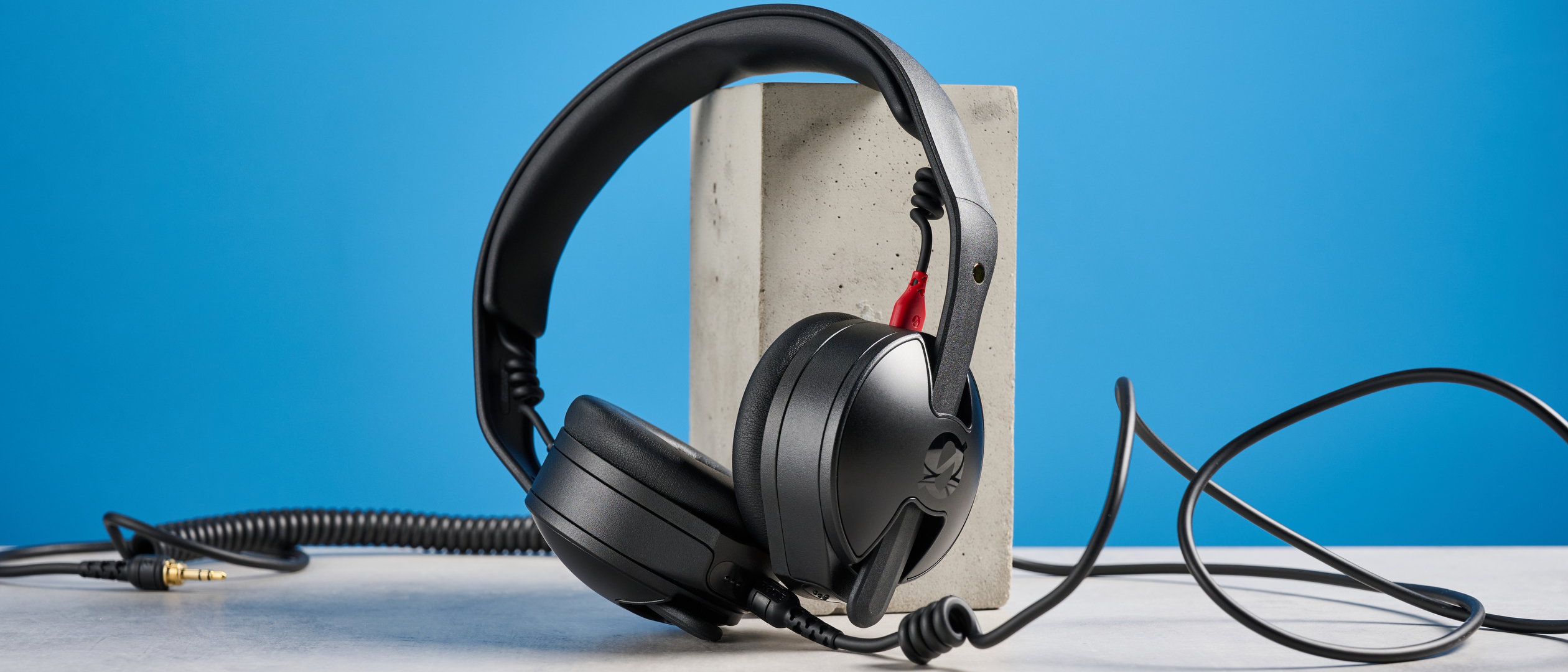Tom's Guide Verdict
The Rode NTH-50 are excellent studio headphones with accurate audio reproduction. While they impressed me sonically, particularly in electronic music, they weren’t massively comfortable thanks to the on-ear design. Even so, if you’re using them in short bursts for mixing or editing, it might be something you can look past. And at just $109? They’re a steal.
Pros
- +
Faithful sound reproduction
- +
Textured and detailed
- +
Long cable
- +
Extremely well-priced
Cons
- -
Really uncomfortable for long periods
Why you can trust Tom's Guide
The Rode NTH-50 are a pair of studio headphones, which means they’ll sound a little different to your usual best headphones like Bose and Sony. The NTH-50 aren’t intended to be bassy, but they should have textured sound, with a higher focus on midrange and treble. They're designed to be used by studio musicians and DJs, which means they prioritize accuracy.
As a result, I noticed sounds I hadn’t noticed before in some of my favorite songs, like the jazzy piano bridge in Tame Impala’s ‘Dracula’.
The NTH-50 are on-ear headphones, though, so they’re naturally a little uncomfortable. If you struggle with on-ears, I’d recommend the Rode’s older sibling, the NTH-100: these over-ear studio headphones have similar sound performance but a more comfortable fit. If you’re one of the many people who struggle with on-ear, you might want to check them out.
I’ll discuss everything in full in this Rode NTH-50 review.
Rode NTH-50 review: Cheat sheet
- What is it? A pair of studio headphones
- Who is it for? DJs, audio mixers, or studio professionals, or simply those who want to hear music as faithfully as possible
- What does it cost? A very decent $109 / £99
- What do we like? The sound is awesome: faithful mids and treble and great dynamic range
- What don’t we like? So uncomfortable…
Rode NTH-50 review: Specs
Rode NTH-50 review: Price & availability
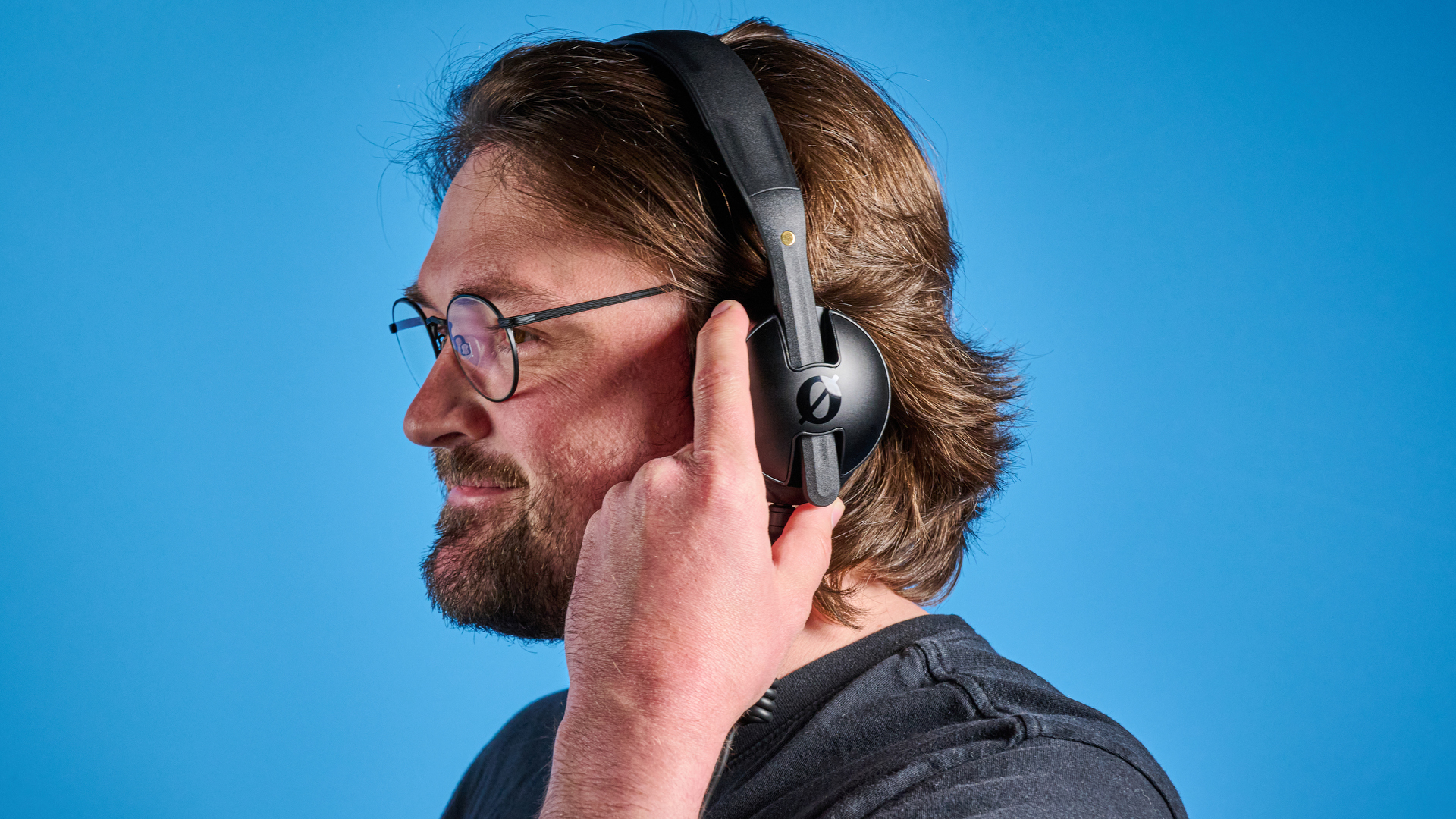
The Rode NTH-50 are studio headphones, so they’re not going head-to-head with the likes of Bose QuietComfort or Sony WH-100XM6.
You’ll find them for $109 (often discounted to $99) on Amazon U.S. and £99 on Amazon U.K.. While this may seem a huge steal for headphones of this quality, it’s worth noting that you might need a DAC to get the best sound (I did — I used Campfire Audio, $229). However, if you’re a DJ or studio professional, you likely already have one. And it’s not essential that you get a DAC — they’ll work without one — but I recommend it for better sound.
Rode NTH-50 review: Design & features

- On-ear rather than over-ear
- Super long (up to a massive 7 feet extended fully) cable
- Comes with a ¼ inch adaptor
As you might expect from some professionally focused headphones intended for studio use, there aren’t many features to discuss. No ANC (obviously), no Bluetooth, no EQ adjustment. They’re basic headphones that focus on sound over anything. As a result, you’ll get fantastic, detailed, faithful sound, but you won’t get any flashy features. If you’re in the market for some top-of-the-range everyday headphones and have somehow stumbled onto this review, then I’d recommend the Sony WH-1000XM6 instead.
Get instant access to breaking news, the hottest reviews, great deals and helpful tips.
The NTH-50s are on-ear headphones, rather than over-ear. According to Tom's Guide senior reviews editor Pete Wolinski, who used to be a DJ: "This is hugely important for DJs as it allows the headphones to be quickly scooted aside, leaving one ear free to hear/beat match the playing track through booth monitors (while the other cueing track is heard through the opposing headphone). They're easy to scoot aside, but the headband is tight enough so that they remain secure."
The NTH-50 have an incredibly long cable: un-stretched, it’s 5 feet, but goes up to 7 feet when fully extended — this is ideal for DJs as it allows them to move away from decks to their boxes of records.
This length tucks away thanks to the coiled design, but can be extended as and when desired. There’s also a ¼ adaptor in the box if you don’t need the 3.5mm jack output. You can also change what ear cup the cable is connected to.
The headphones extend like you might expect: as always, I had to keep them on the smallest size. The headphone band is relatively padded, but it still bore down on my head after long periods of wear. Doing these audio reviews has made me realize that: a) I have a tiny head, and b) I have tiny ears.
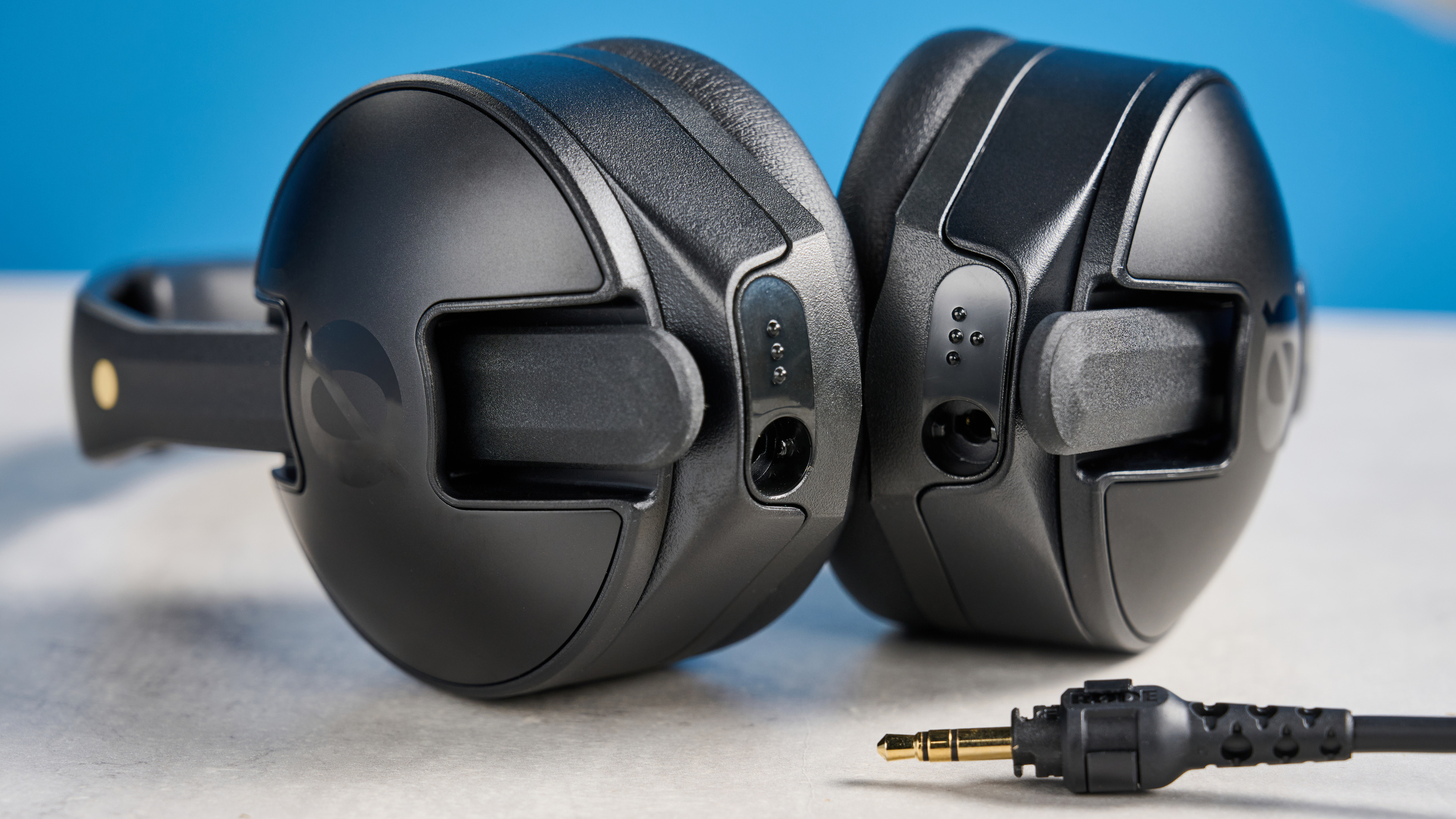
That brings me to how the headphones feel. While this might not be the case for most people, for me, the NTH-50 were really uncomfortable. I could barely make it through one album before my ears started throbbing. I’m not sure whether it was my glasses, my cartilage piercings, or a painful combination of the two, but the NTH-50 pressed down on my ears so much that I had to test in short, staggered bursts.
Obviously, if you’re using these headphones in the studio, you’ll need to be wearing them for long periods of time. Alternatively, if you’re mixing live, then you’d want to know you could wear them for your whole set. This is a major issue and a big reason to opt for tried and tested headphones like the similarly-priced Sennheiser HD25's ($149).
I passed them around the office, and my colleagues reported that they were a little uncomfortable, though, so it also could be a universal problem. Importantly, I again gave them to Tom's Guide's senior reviews editor, Pete Wolinski, who used to be a DJ and has lots of experience mixing with the Sennheiser HD25s. While he loved the NTH-50's sound, he too found them extremely uncomfortable.
"I used to wear my HD25's for hours on end with no issues whatsoever," he reports. "The Rodes sound great, yes, but I doubt I could get through a full set with them on. They really hurt my ear conchas, cartilage and helixes. If I bought these, I would want to replace the stock pads and headband as soon as possible."
Rode NTH-50 review: Audio quality
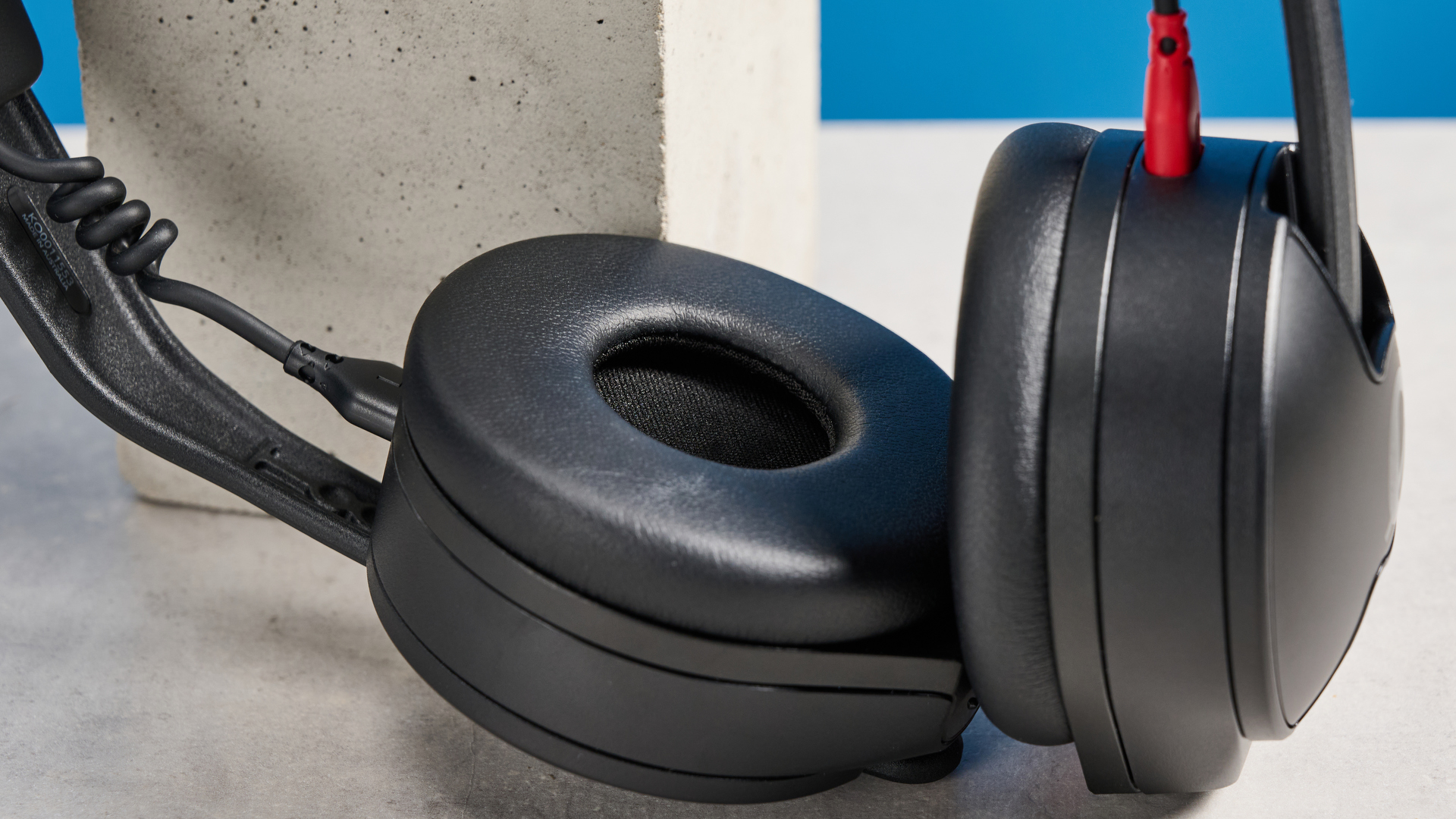
- Balanced soundscape
- Clear textural details
- Little bass, but amplified mids and treble
Alright, now this is where the NTH-50 really excel. I’ve never really experienced such faithful sound reproduction: they truly feel like I’m inside the artist’s recording studio. Every note feels close and clear.
To test the Rode NTH-50, I listened to a variety of genres on Qobuz, our best streaming service for audiophiles. I ensured every track was available in 24-bit 192kHz quality to squeeze every iota of detail out of the music.
So the NTH-50 are studio headphones — they’re for reference, not normal listening purposes. As a result, the audio mix is a little different than more ‘standard’ consumer headphones. The main difference is the lack of bass: the NTH-50 are mostly mids and treble-tuned headphones. This is so you can hear detail and textural elements in tracks rather than predominantly bass.
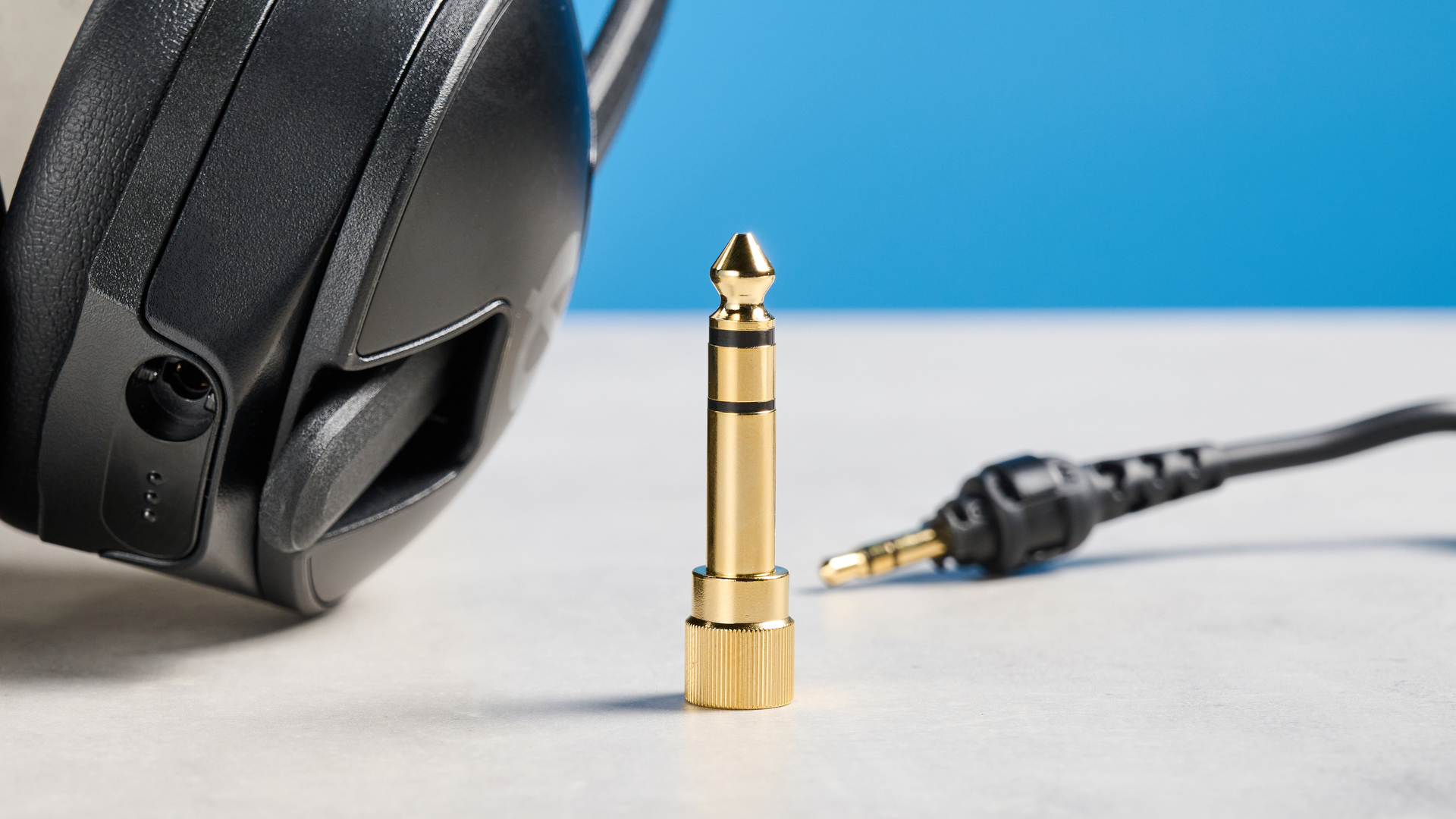
The noughties-inspired bass and percussion of FKA Twigs’ ‘Girl Feels Good’ was clear, and the tinkering synth notes at the high-end were distinguishable in the right ear. The rolling guitar in the bridge was positioned pleasantly in the back of the soundscape without overpowering the delicate bassline, which I appreciated.
‘If U Want My Heart’ by Kettama sounded immersive and ecstatic. The sparkling synth notes sounded like they were ricocheting around my skull, in the best way possible. This track is quite bassy during the chorus, but even with the bass-reduced tuning, I didn’t feel like anything was missing from the soundscape. But the midrange, ricocheting synth is where the NTH-50 really excelled: it felt like it was coming from inside my chest.
Even though I adored how electronic tracks sounded through the NTH-50, I had to switch up the genre for the next test. It’s only fair, right?
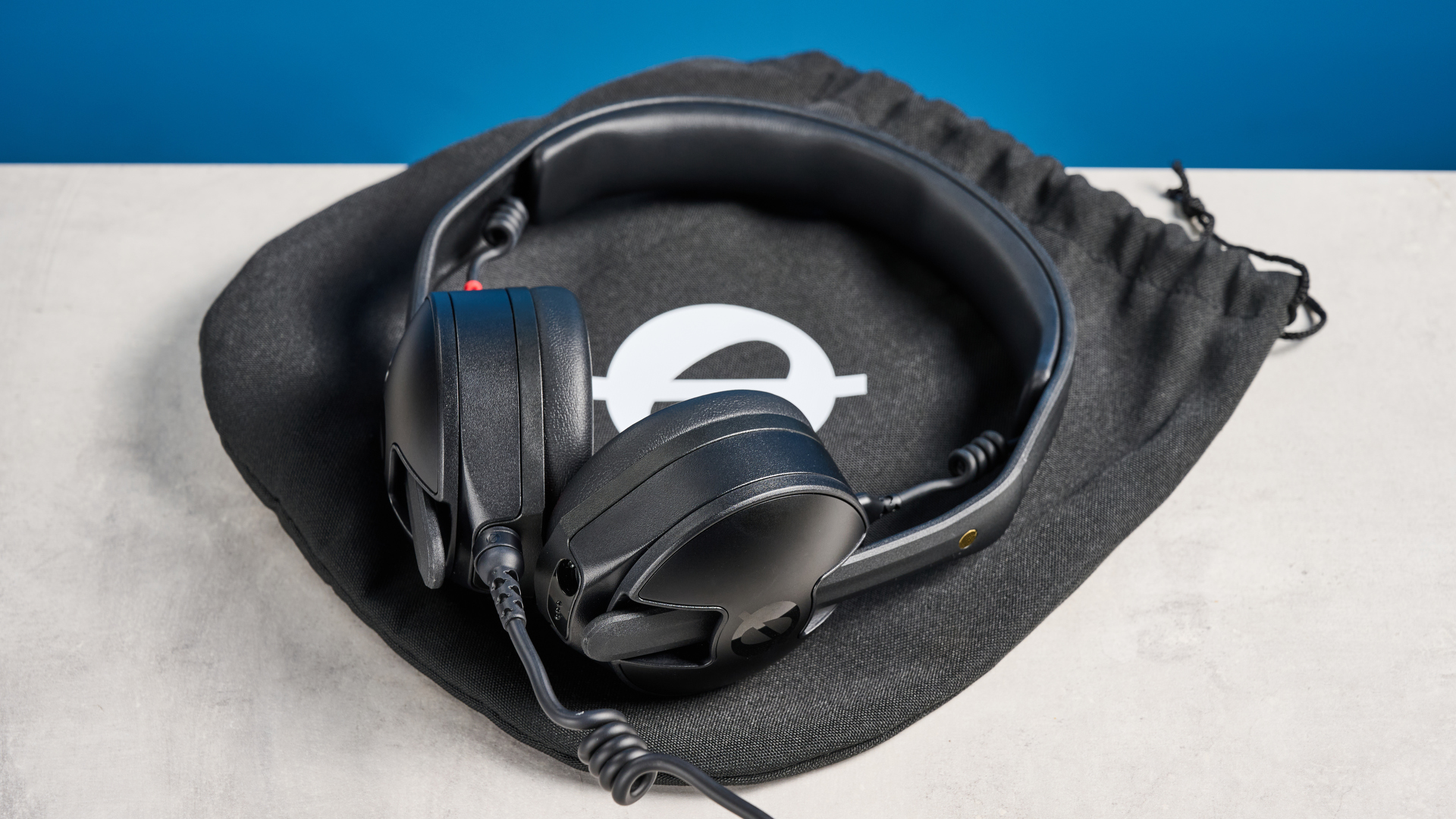
I played ‘Seduction’ from Dune: Part Two, which has an eerie, encroaching bass and impatient yet subdued percussion notes. At the top end of the frequency range, there are hushed, again, almost impatient breathing sounds, which all sounded perfectly immersive thanks to the NTH-50’s faithful replication of sounds.
Afterwards, I switched genre to ‘Punisher’ by Die Spitz, which is a Deftones-inspired heavy rock track, with syrupy vocals and chugging, rolling guitars and almost Western-tinged percussion. I just love this track. Unfortunately, the track was a little muffled in parts, like the headphones didn’t know what to do with the loud, spiraling guitars. I think electronic and classical, in general, sound much better on the NHT-50.
To test my theory, I played ‘Play Me’ by Fcukers, which is a DnB track with a soft, almost whispered vocal. As I expected, the vocal sounded awesome — clear, syrupy smooth, and breathy. Even though the bass left something to be desired, I know that these headphones aren’t supposed to be ground-shaking like a subwoofer (that’s what the audience hears, duh), so I was able to look past this.
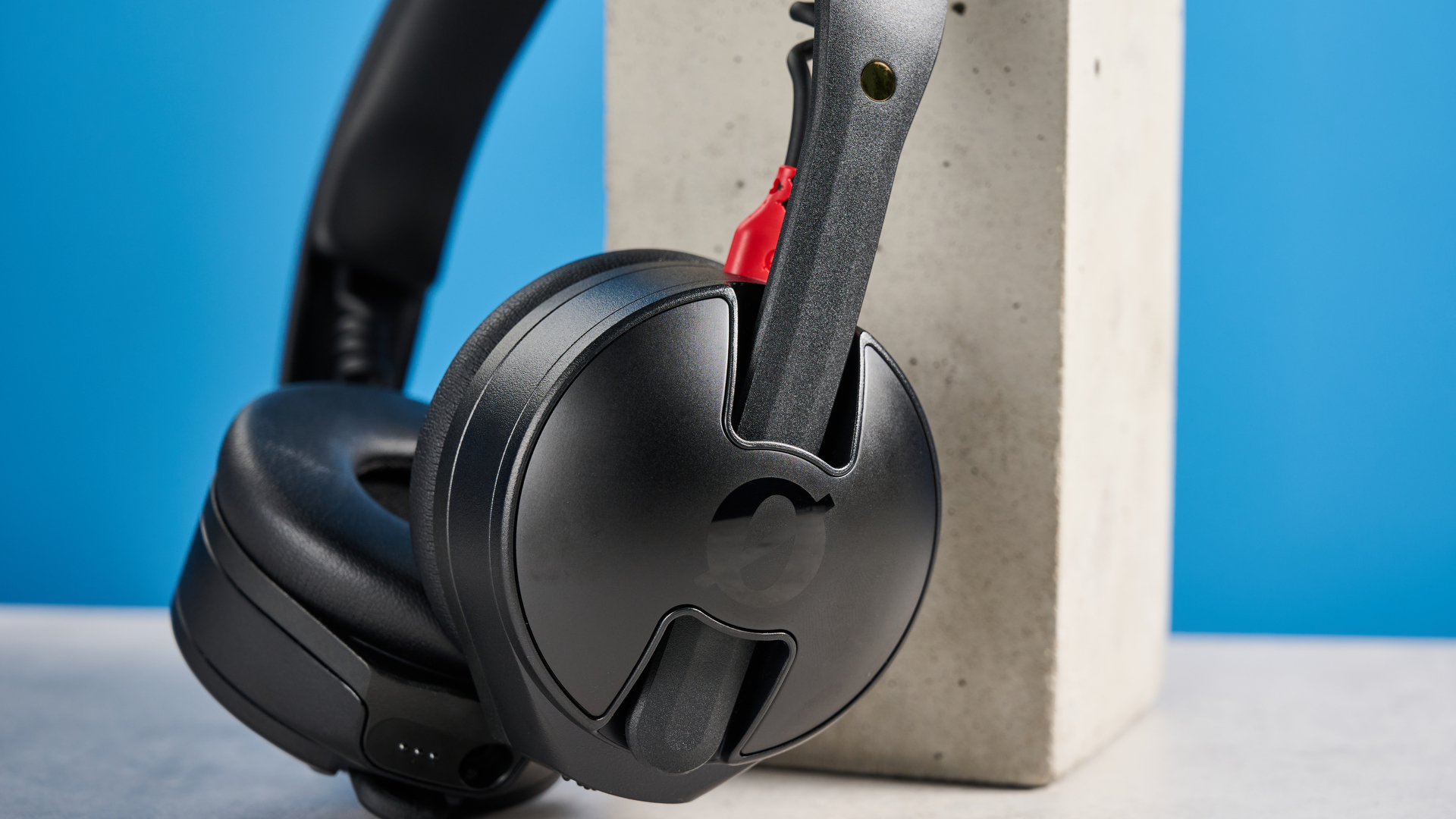
Finally, I played ‘Run It’ by clipping, a hip hop electronic track with glitchy, experimental synth and whirling percussion. This song sounded great, from the deep vocal to the acid house warbling bass at the latter end of the track. I could feel the glitching sound effects in my throat; I felt suffused with the vibrating bass.
In general, I think the NTH-50 really excel with electronic music. Every electronic track was infectious and clear, with no muffled or confused overwhelm from too much bass. There was no muddiness or tinniness across most of the tracks — just that one Die Spitz album (which made me so sad as it’s one of the best releases of 2025).
If you’re a studio professional looking for reliable headphones that will replicate all elements of a track faithfully, then I wholeheartedly recommend the NTH-50. They’re just uncomfortable.
Rode NTH-50 review: Verdict
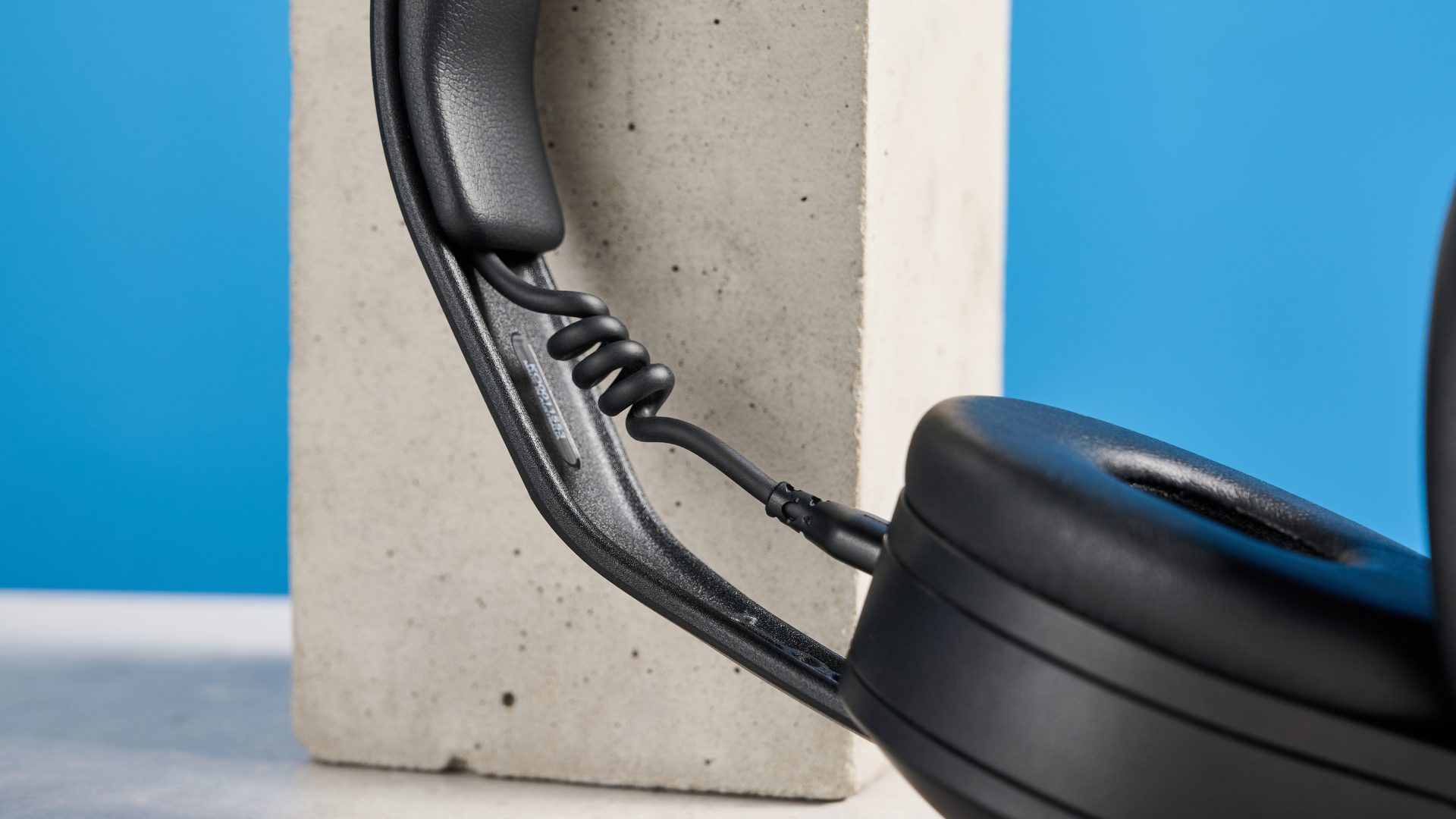
The Rode NTH-50 are an awesome set of studio headphones with faithful audio reproduction and enough texture to operate a clothing factory. I do, however, wish they were a little comfier. I struggled to wear them for more than an hour at a time. Everyone I gave them to reported the same, including our resident ex-DJ on staff, who has experience with other headphones and found the NTH-50s extremely uncomfortable. This may not sound like a big issue to some, but if you're a DJ reading this, you'll understand that it is. It's the only thing holding them back from a higher score, as otherwise they're brilliant — that's a shame.
Sonically, the NTH-50 have just enough bass but powerful mids and treble, which I found worked perfectly for most electronic tracks.
At just $109, these headphones are a steal, and I wholeheartedly recommend them for anyone who needs or wants studio-fidelity sound. Just be warned: look into some new pads, as they might not be comfy.

Erin Bashford is a senior writer at Tom's Guide, focusing on reviews. She has a Masters in Broadcast and Digital Journalism from the University of East Anglia. As an ex-barista, she knows her way around a coffee machine, and as a music lover, she's constantly chipping away at her dream of having a multi-room home sound system. In her spare time you can find her reading, practising yoga, writing, or stressing over today’s NYT Games.
- Peter WolinskiSenior Editor, Reviews & Cameras
You must confirm your public display name before commenting
Please logout and then login again, you will then be prompted to enter your display name.
